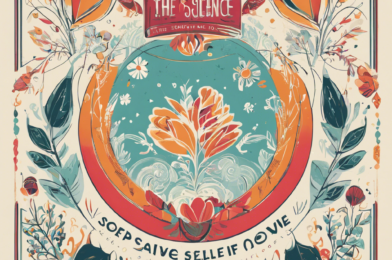The way we perceive and value ourselves can have a profound impact on our lives. Self-esteem, a cornerstone of positive mental health, is a key factor in our overall well-being and happiness. But how do we cultivate a healthy sense of self-love and esteem? The science behind building self-esteem offers practical insights and strategies that can help. Here’s a look at what research reveals about boosting self-esteem and embracing self-love.
The concept of self-esteem is multifaceted, encompassing our self-worth, confidence, and overall satisfaction with ourselves. Psychologists often describe it as a psychological immune system, protecting us from the negative impacts of stress, rejection, and failure. Numerous studies have highlighted the importance of self-esteem, linking it to better mental health, increased resilience, and improved overall life satisfaction. Individuals with healthy self-esteem tend to have better relationships, perform better at work or school, and are more likely to embrace challenges and opportunities.
So, how can we nurture this vital aspect of our psychological well-being? Research suggests that self-esteem is not solely determined by external factors but is also influenced by our thoughts, emotions, and behaviors. One powerful method is to practice self-compassion. This involves treating yourself with kindness and understanding, especially during difficult times. Research shows that self-compassion can reduce self-criticism and negative self-talk, which are common barriers to healthy self-esteem. By learning to be more compassionate towards yourself, you can create a nurturing inner dialogue, fostering a more positive self-image.
Practice Positive Affirmations:
Repeating positive statements about yourself can help shift your self-perception. Research suggests that positive affirmations, when practiced regularly, can increase self-acceptance and reduce self-doubt. Start with simple statements like “I am worthy of love and respect” or “I am capable and resilient.” Over time, you’ll begin to internalize these messages, strengthening your self-esteem.
Set Realistic Goals and Achieve Them:
Setting and achieving personal goals is a powerful way to build self-esteem. Start with small, achievable goals that challenge you but are within reach. The sense of accomplishment from achieving these goals will reinforce your belief in your abilities. As you succeed, gradually increase the difficulty, ensuring a continuous cycle of growth and self-esteem enhancement.
The journey to building self-esteem is personal and unique for everyone. These research-backed strategies provide a roadmap to guide you toward a healthier and more loving relationship with yourself.







